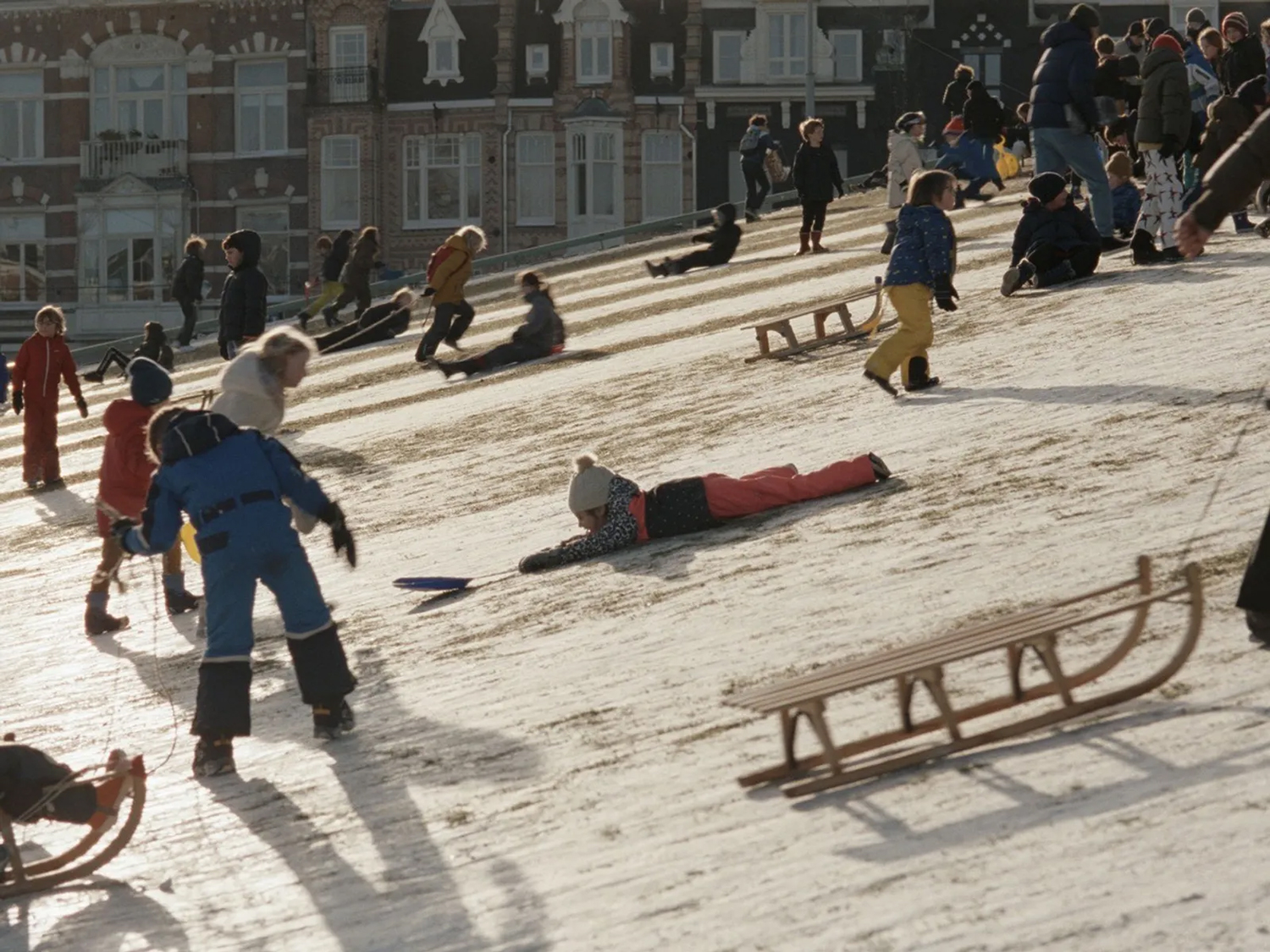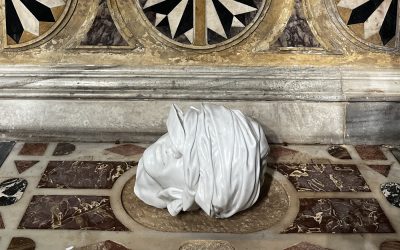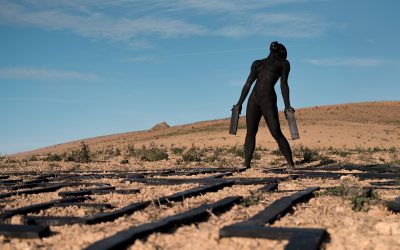Occupied City: A Meditative Exploration of Amsterdam’s Haunting Past by Steve McQueen
Steve McQueen’s latest documentary, “Occupied City,” co-created with his wife and collaborator, Bianca Stigter, offers a profound and immersive four-and-a-half-hour journey into the history of Amsterdam during the Holocaust and World War II. Stigter, a renowned Dutch filmmaker and artist, brings her expertise and passion for the Holocaust’s impact on Amsterdam, having previously explored the subject in her book. While McQueen directs the film, Stigter provides the extensive and meticulous voiceover narration.
“Occupied City” unfolds through a dual narrative structure, seamlessly blending two distinct time periods. The film interweaves present-day footage of Amsterdam’s landscapes and locations with historical accounts of specific individuals, events, and places during the war. Each narration is accompanied by corresponding visuals, often capturing the same locations mentioned in the stories. Remarkably, all the footage is freshly shot, showcasing the city as it stands today. This approach allows the audience to bear witness to the remnants of the past while connecting them with the present.
The narration, delivered by a female voice actor, delves deep into the lives and experiences of people affected by the war. It paints a detailed picture of Amsterdam’s hidden stories, emphasizing the significance of each location by providing addresses and addressing their present-day state. The film covers a wide range of topics, from the concealment and retrieval of Jewish artworks to the renaming and removal of street names associated with Jewish individuals during the war. It also explores the accounts of courageous individuals who sheltered Jews in their homes, as well as the unsettling betrayal by Nazi sympathizers.
While the film is dense with information, it remains consistently engaging. The constant stream of narration propels the audience from one episode to another, providing a comprehensive and intricate understanding of Amsterdam’s wartime history. The knowledge gained throughout the film is undeniably captivating, and viewers will likely find themselves absorbed by the compelling stories that unfold.
Although the film’s focus primarily rests on the informative aspect, there are moments where McQueen breaks from this pattern, employing stylistic choices reminiscent of experimental filmmakers like Ernie Gehr or Michael Snow. These instances, where the camera gracefully twirls through the cityscape, offer a welcome respite from the otherwise straightforward presentation. Such visual interludes add an artistic touch to the documentary, enhancing its overall aesthetic quality.
The present-day footage, intertwined with imagery of protests and pandemic-related unrest, further enriches the film’s narrative. It serves as a document of the societal dynamics that unfolded during the years leading up to the film’s release. Touching upon anti-fascist movements, as well as debates surrounding COVID-19 measures, “Occupied City” becomes not only a historical exploration but also a reflection of contemporary social issues.
While McQueen’s narrative films have often left some viewers feeling emotionally distant, “Occupied City” aligns more closely with his artistic cinema style, evoking a stronger response. The film’s meticulous construction and relentless narration make it an intellectually stimulating experience. However, some may find that the sheer density of information occasionally causes moments to pass by without full absorption.
Conceptually, “Occupied City” is a masterful endeavor that prompts contemplation of the intersections between the past and present. The film encourages viewers to reflect on the traces of history that linger within the urban landscape, underscoring the unresolved conflicts and memories that accompany us daily. Nevertheless, the clinical tone of the voiceover, which lacks emotional affect, can occasionally detach the audience from the intended impact.




